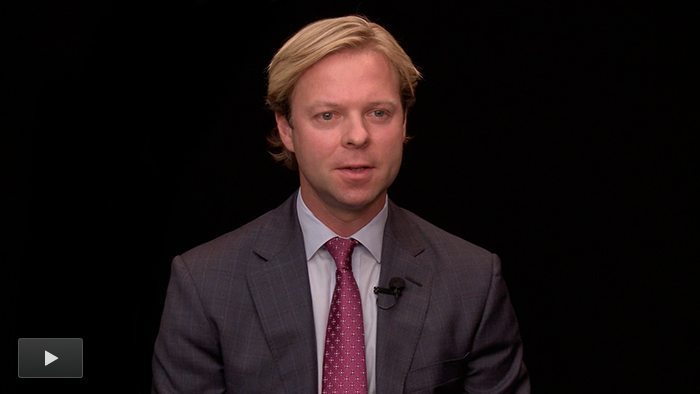Fundraising: A Fight for Survival
 Talk to investors, advisors and placement agents, and most agree that the closed-ended, commingled fund model has regained much of the reputation and momentum it lost during the worst of the crisis. It’s not just anecdotal evidence, either. A recent survey of 198 institutional investors by Cornell University’s Baker Program in Real Estate and Hodes Weill & Associates revealed that approximately 60 percent of institutions were actively investing in private real estate funds in 2013, up from 48 percent in 2012. Combine that with news of oversubscribed funds in 2013 – among them Blackstone, Wheelock Street, Lone Star – and you’d be forgiven for thinking the gravy days had returned. Yet the truth of the matter is much more complex. Just 230 funds launched in 2013, according to consulting firm The Townsend Group, the fewest since 2006. That despite the fact that the actual volume of capital raised surpassed 2012 levels by 14 percent. So while funds are raising more money overall, fewer managers are enjoying the bounty. Some managers are responding by scaling up. With a broader and bigger platform typically comes greater ability to tailor products to investors’ precise needs. A global reach isn’t necessary, but it helps. In 2013, large-scale M&A deals illuminate the trend: TIAA-CREF’s joint venture with Henderson Global [watch Tom Garbutt’s keynote interview in this Special Report]; BlackRock’s acquisition of MGPA; Carlyle’s deal with Metropolitan Real Estate; and Grosvenor’s acquisition of Credit Suisse’s CFIG group. Such diversification and scale is not only about driving revenue; it’s also about relationships. For instance, investors for whom a closed-ended, opportunistic strategy isn’t the right fit may think differently to a core, income-producing vehicle with longer hold periods. By introducing such a fund, the traditional value-added or opportunistic GP can strengthen investor relationships, which may make up for lower fee revenue. Of course, the counter argument is that commingled fund managers should stick to their knitting. But in an environment where it’s not getting any easier to raise capital, and where the existing capital sources are being much more selective, GPs have to consider the consequences of complacency. That’s not strategy drift or unfettered expansionist thinking; it’s the reality of capital raising in 2014. A failure to bolster existing management fee streams from commingled funds with complementary vehicles, be it open-ended funds, separate accounts, JVs or co-invests, can – and likely will – force some groups out of business. I hope this special report helps you avoid being one of them.
Talk to investors, advisors and placement agents, and most agree that the closed-ended, commingled fund model has regained much of the reputation and momentum it lost during the worst of the crisis. It’s not just anecdotal evidence, either. A recent survey of 198 institutional investors by Cornell University’s Baker Program in Real Estate and Hodes Weill & Associates revealed that approximately 60 percent of institutions were actively investing in private real estate funds in 2013, up from 48 percent in 2012. Combine that with news of oversubscribed funds in 2013 – among them Blackstone, Wheelock Street, Lone Star – and you’d be forgiven for thinking the gravy days had returned. Yet the truth of the matter is much more complex. Just 230 funds launched in 2013, according to consulting firm The Townsend Group, the fewest since 2006. That despite the fact that the actual volume of capital raised surpassed 2012 levels by 14 percent. So while funds are raising more money overall, fewer managers are enjoying the bounty. Some managers are responding by scaling up. With a broader and bigger platform typically comes greater ability to tailor products to investors’ precise needs. A global reach isn’t necessary, but it helps. In 2013, large-scale M&A deals illuminate the trend: TIAA-CREF’s joint venture with Henderson Global [watch Tom Garbutt’s keynote interview in this Special Report]; BlackRock’s acquisition of MGPA; Carlyle’s deal with Metropolitan Real Estate; and Grosvenor’s acquisition of Credit Suisse’s CFIG group. Such diversification and scale is not only about driving revenue; it’s also about relationships. For instance, investors for whom a closed-ended, opportunistic strategy isn’t the right fit may think differently to a core, income-producing vehicle with longer hold periods. By introducing such a fund, the traditional value-added or opportunistic GP can strengthen investor relationships, which may make up for lower fee revenue. Of course, the counter argument is that commingled fund managers should stick to their knitting. But in an environment where it’s not getting any easier to raise capital, and where the existing capital sources are being much more selective, GPs have to consider the consequences of complacency. That’s not strategy drift or unfettered expansionist thinking; it’s the reality of capital raising in 2014. A failure to bolster existing management fee streams from commingled funds with complementary vehicles, be it open-ended funds, separate accounts, JVs or co-invests, can – and likely will – force some groups out of business. I hope this special report helps you avoid being one of them.
Commingled funds are witnessing a resurgence, but it’s one concentrated in the hands of fewer GPs. To succeed, managers need to adapt—or perish.
